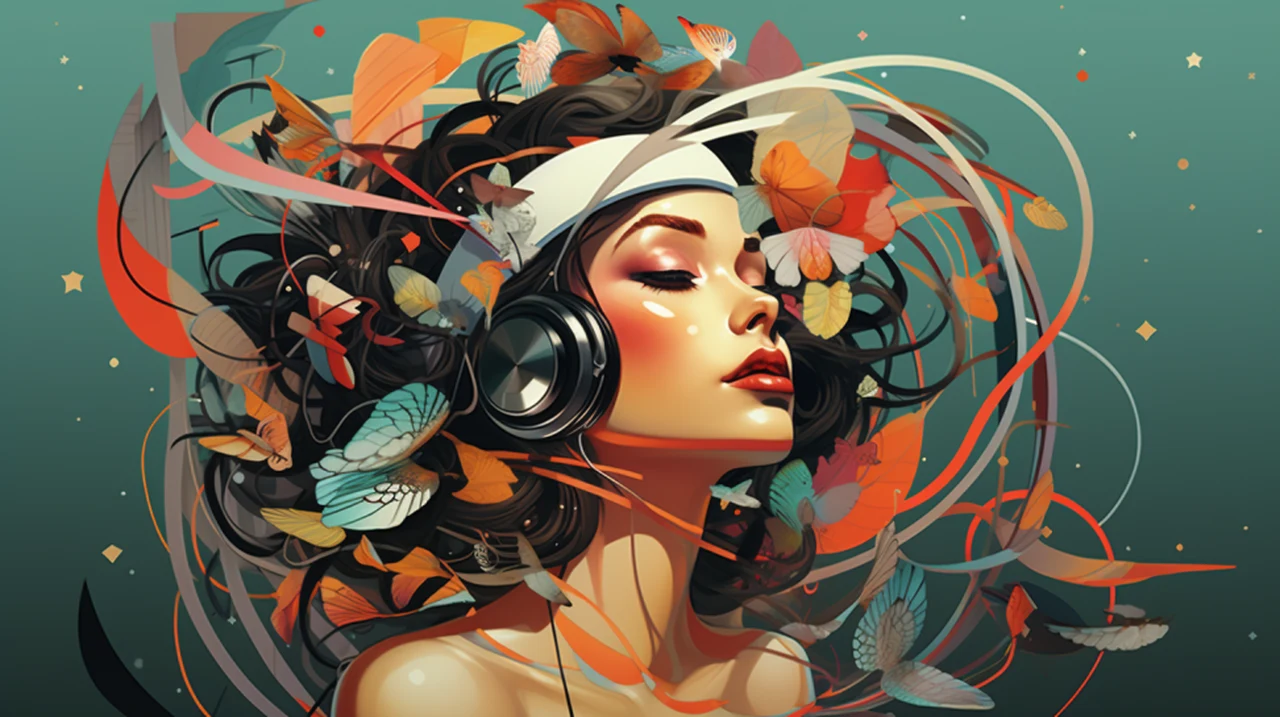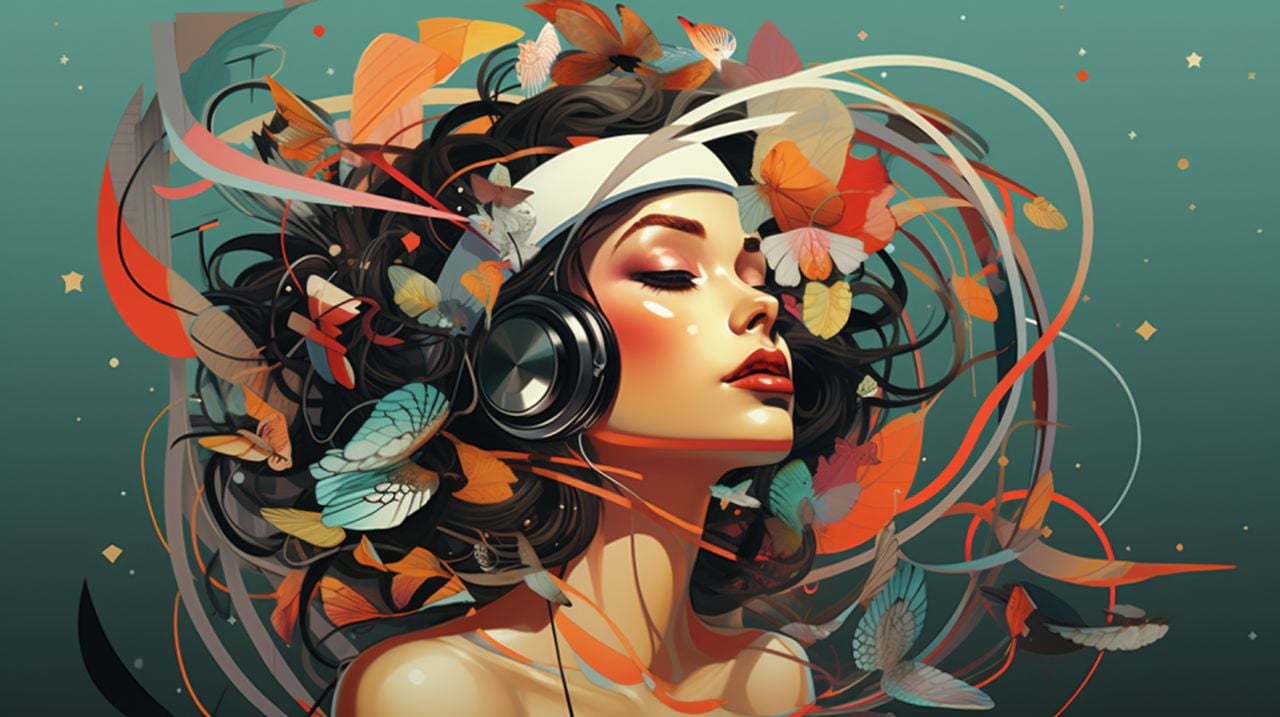
The development team at Midjourney has recently introduced a new feature known as the Style Tune. This innovative tool allows users to create their own unique styles, offering a higher degree of customization and control over the model’s personality when creating AI artwork. Below is a guide kindly created by Future Tech Pilot providing an in-depth understanding of how to effectively use this new Midjourney Style Tune feature and what results you can expect. As well as how to tune it by making selections to create your unique style.
Midjourney’s AI art generator has always been at the forefront of innovation, and the recent introduction of the new Midjourney Style Tuner feature is a testament to this. This groundbreaking tool provides users with the ability to create their own unique styles, thereby offering an unprecedented level of customization and control over the model’s personality. This guide is designed to provide a comprehensive understanding of how to effectively harness the power of this feature.
What is the Style Tuner?
- The Style Tuner lets you make your own Midjourney style
- Even though we call it a “style” it’s a bit more than that, it’s really controlling the “personality” of the model and it influences everything from colors to character details
- You can optimize specifically around a single prompt or setting (including non-square aspect ratios, image + text prompts and raw mode)
The Style Tuner is not just a feature; it’s a tool that unlocks a world of customization possibilities. By simply typing “/tune” in the Midjourney prompt box, users can initiate the process of creating a new style. The system then requests a simple prompt, which serves as the basis for the style. The Style Tuner then generates a variety of style options, enabling users to select and share their unique styles without any additional charges.
How to use Midjourney Style Tune feature
Other articles you may find of interest on the subject of AI art generation :
How do I use it?
- Type
/tuneand then a prompt - Select how many base styles you want to generate (cost is proportional here)
- After clicking submit it’ll show you estimated GPU time. Click to confirm.
- A custom “Style Tuner” webpage will be created for you. A URL will be sent [via DM] when done.
- Go to the Style Tuner page and select the styles you strongly like to make your own
- Most guides/mods recommend selecting 5-10 styles (but any number works)
- Use codes like this
/imagine cat --style CODE - Remember you can make TONS of styles with a single Style Tuner! Always try a variations and play.
Create your own Midjourney style using the new tuning feature
- To begin using the Midjourney Style Tune, users need to type /tune in the Midjourney prompt box. The system will then request a prompt. It is recommended to keep this prompt simple to ensure the style remains applicable across a wide range of subjects.
- Creating a New Style – Upon entering the prompt, the Style Tuner initiates 32 jobs for 16 directions, generating 32 different style options. This process consumes GPU minutes. However, once the styles are created, selecting and sharing a style is free of charge.
- Choosing the Right Style Directions – The selection of style directions is a crucial aspect of using the Style Tuner. Users can compare two styles at a time, choosing one, the other, or neither if the options do not meet their preferences. It is recommended to choose between 5 and 10 directions to maintain a balance between specificity and versatility.
- Selecting and Deselecting Styles – As users make their choices, the Style Tuner dynamically updates the style code. This real-time adjustment allows users to see the impact of their choices immediately, facilitating more informed decisions.
- Using the Style Code in a Prompt – Once a style code is generated, it can be used in a prompt to apply the chosen style. This feature allows users to consistently apply their unique styles across different prompts without needing to articulate the look in words.
- Differences in Results -The inclusion or exclusion of the style in the prompt can lead to different results. Therefore, users are encouraged to experiment with including and excluding the style to understand its impact on the output.
- Blending Style Codes – The Style Tuner also offers the ability to blend style codes together. This feature allows for even greater customization, as users can combine different style codes to create a unique blend that suits their specific needs.
- The Style Tuner is a powerful tool in Midjourney’s software, offering users the ability to create and control unique styles. By understanding how to use this feature effectively, users can enhance their customization capabilities and create more personalized outputs.
Tips and tricks
- You can generate random style codes via
--style random(without a Style Tuner) - You can combine multiple codes via
--style code1-code2 - You can use
--stylizeto control the strength of your style code - You can take any style code you see and get the style tuner page for it by putting it at the end of this URL
https://tuner.midjourney.com/code/StyleCodeHere
- Using the style tuner URL that someone else made does not cost any fast-hours
(unless you use them for making images with the codes) Please note: Styles are optimized for your prompt and may not always transfer as intended to other prompts (ie: a cat style may act unexpectedly for cities, but a cat style should transfer to a dog)
AI art generator
Midjourney is an independent research lab exploring new mediums of thought and expanding the imaginative powers of the human species. They have developed an AI art generator also known as Midjourney AI, which functions similarly to other AI art generation tools, like OpenAI’s DALL-E or Google’s Imagen. Users can prompt the AI with descriptions, and it generates images that attempt to match those prompts. The nuances of these systems generally involve complex neural networks, such as variants of Generative Adversarial Networks (GANs) or Diffusion models, which can process natural language inputs and translate them into visual outputs.
While not all details of Midjourney’s underlying technology are public, it likely uses a large dataset of images and text to learn how to create visuals from descriptions. As with any AI system that learns from data, its output quality can vary depending on the specificity of the prompts, the diversity of the training data, and the particular biases present in that data.
The tool’s capabilities have been demonstrated in various showcases, where the AI has created imaginative and sometimes surreal artworks. Users have noted its ability to create detailed and cohesive images, but like any AI system, it may sometimes produce unexpected or undesired results. It is also a topic of discussion in terms of copyright and the ethics of AI-generated art, as it pertains to the originality of artwork and the creative process.
Filed Under: Guides, Top News
Latest timeswonderful Deals
Disclosure: Some of our articles include affiliate links. If you buy something through one of these links, timeswonderful may earn an affiliate commission. Learn about our Disclosure Policy.

